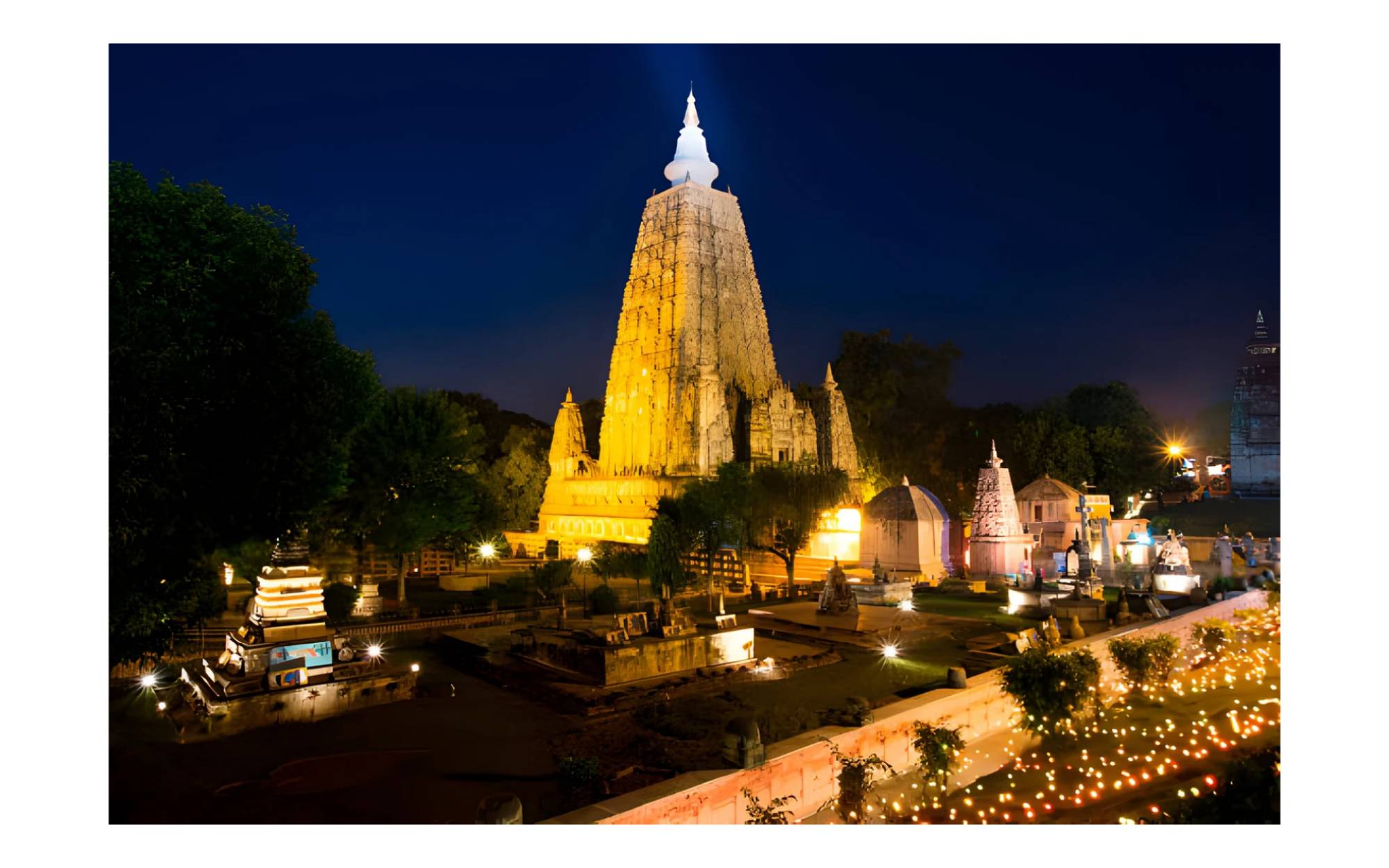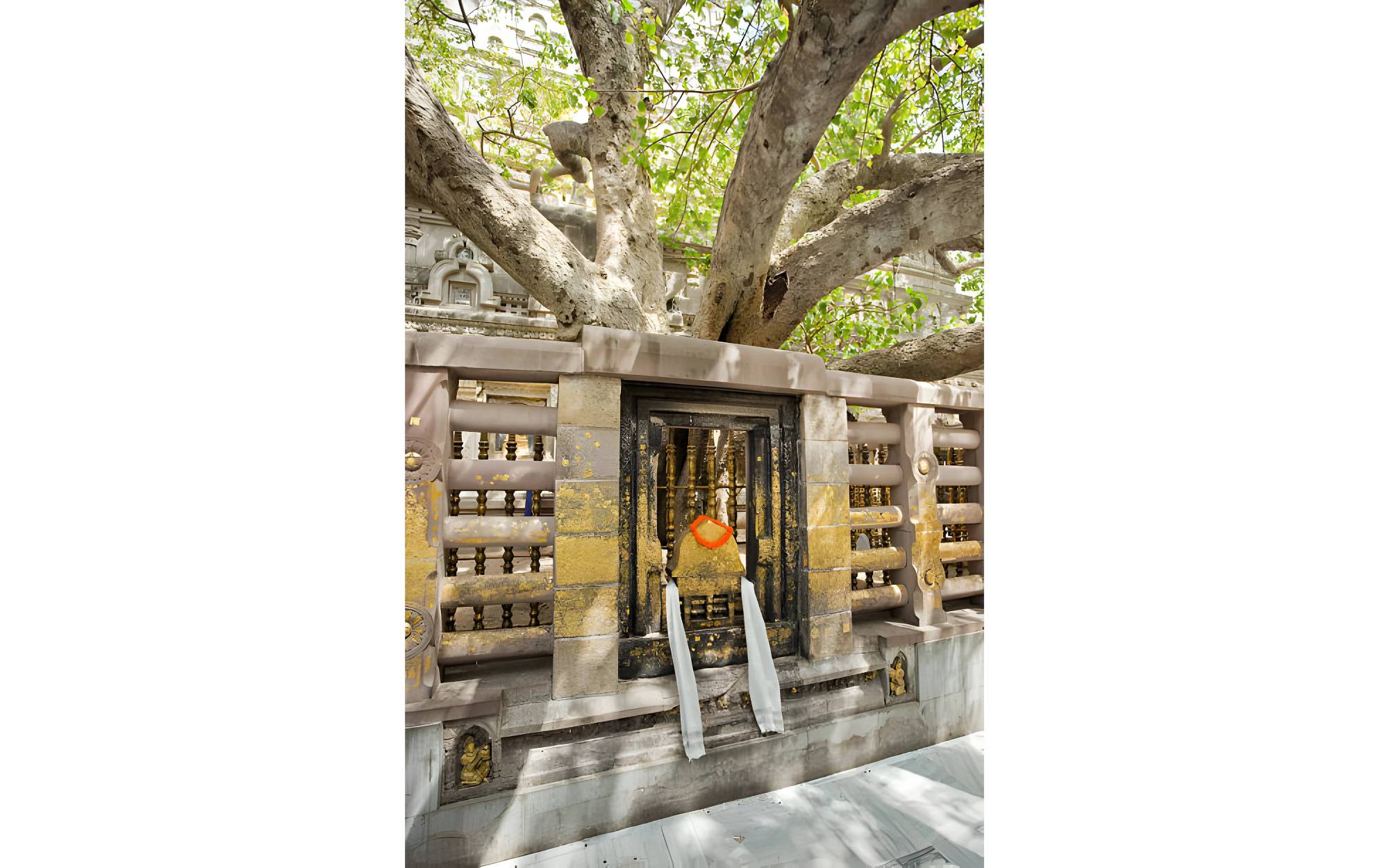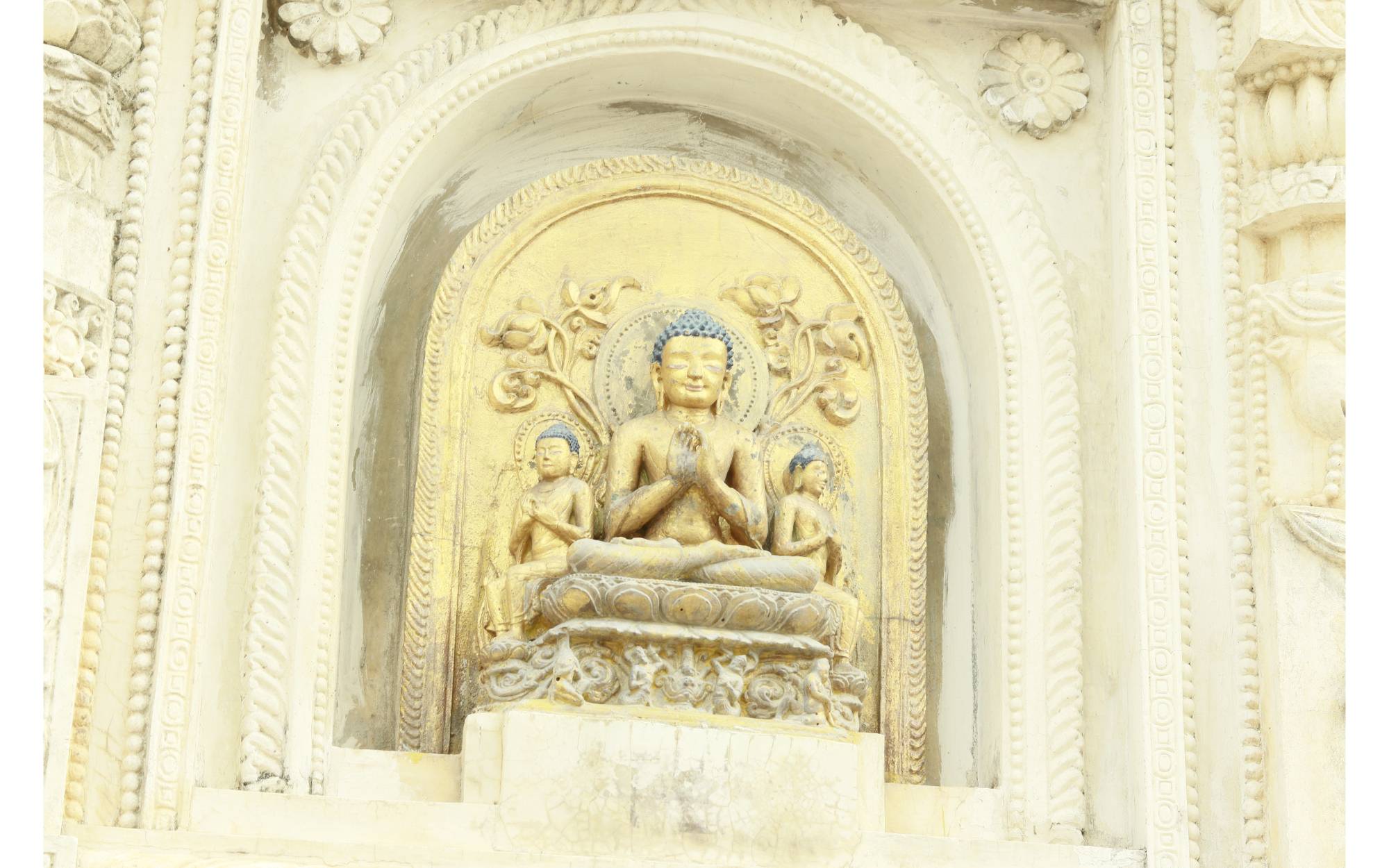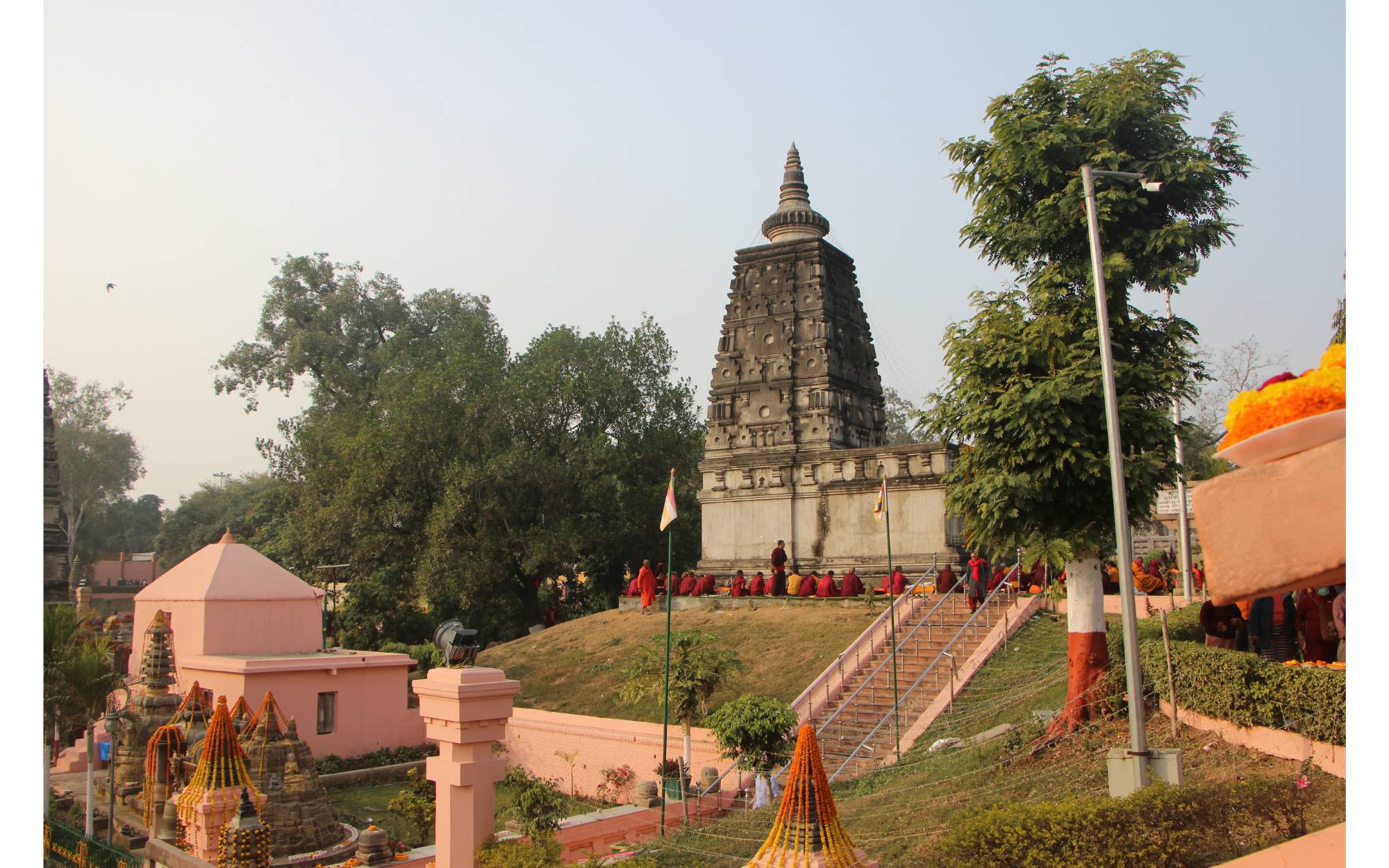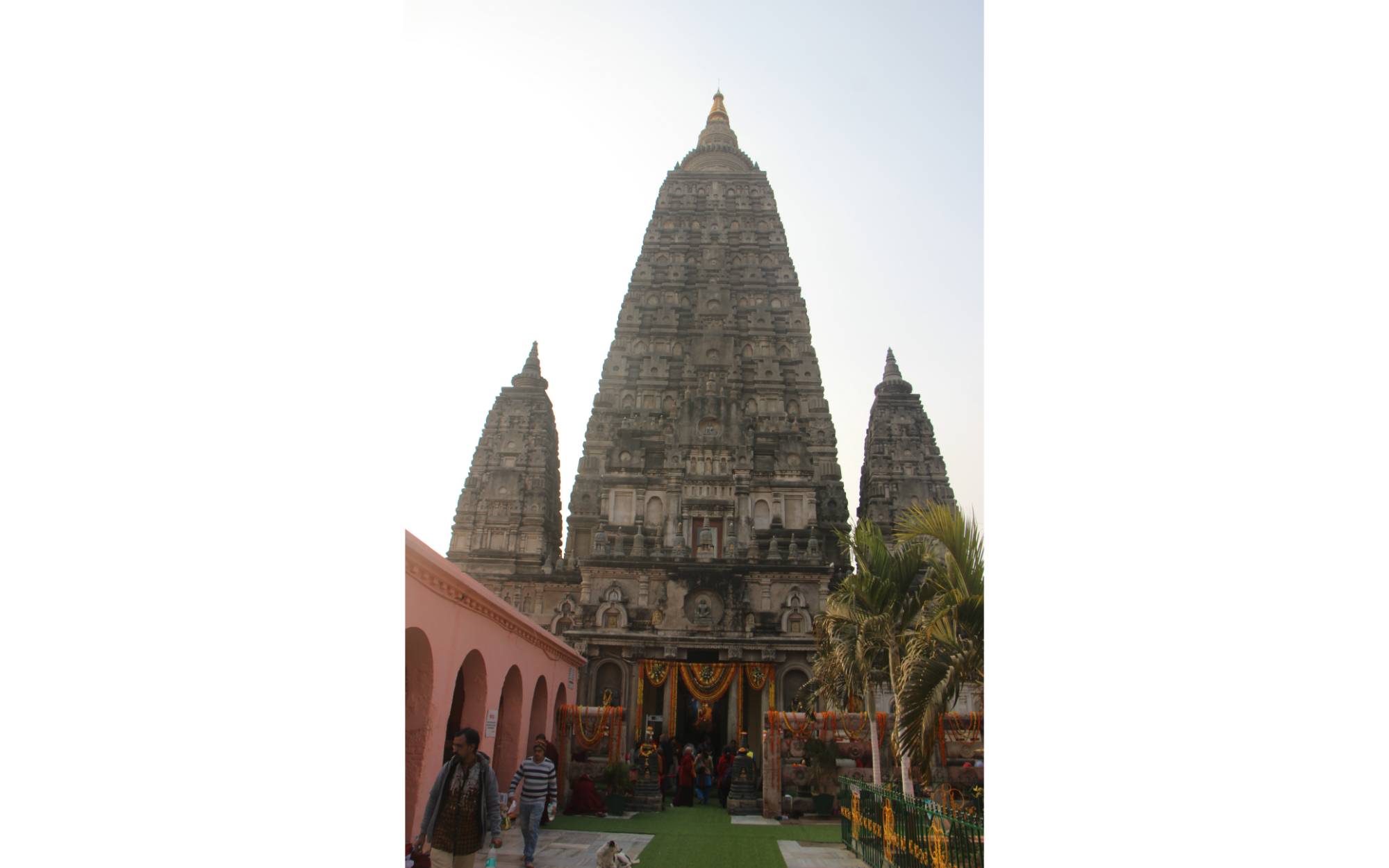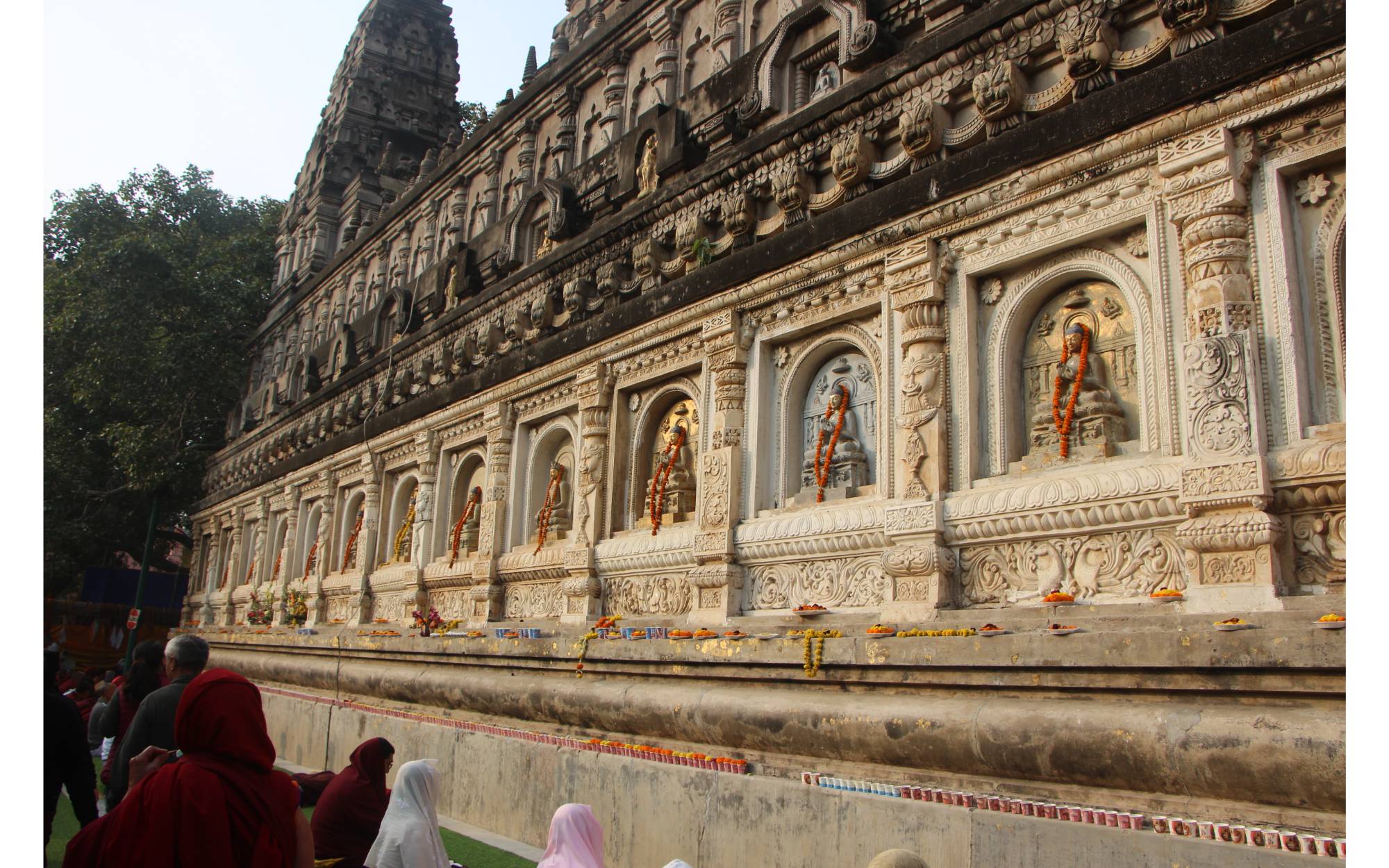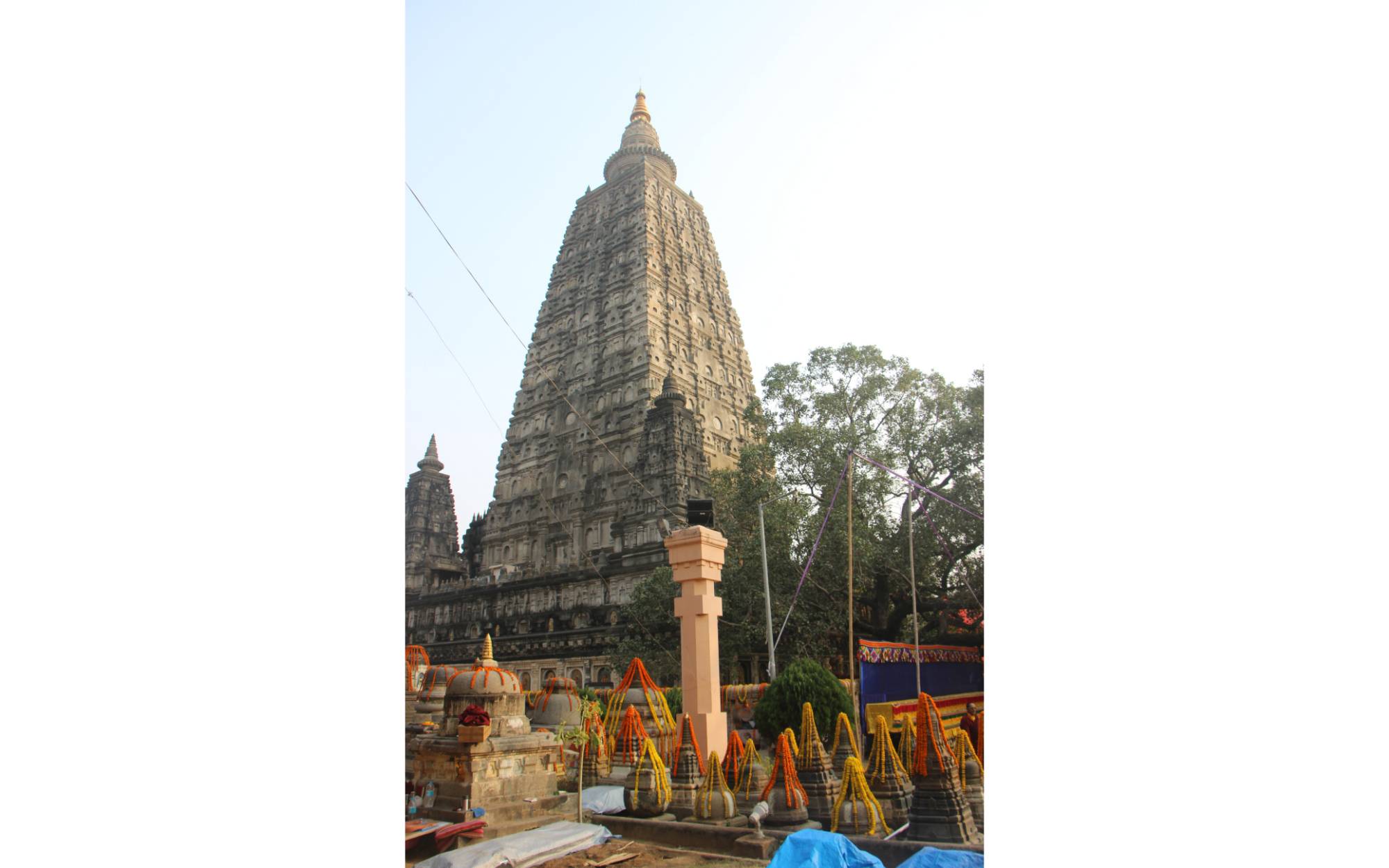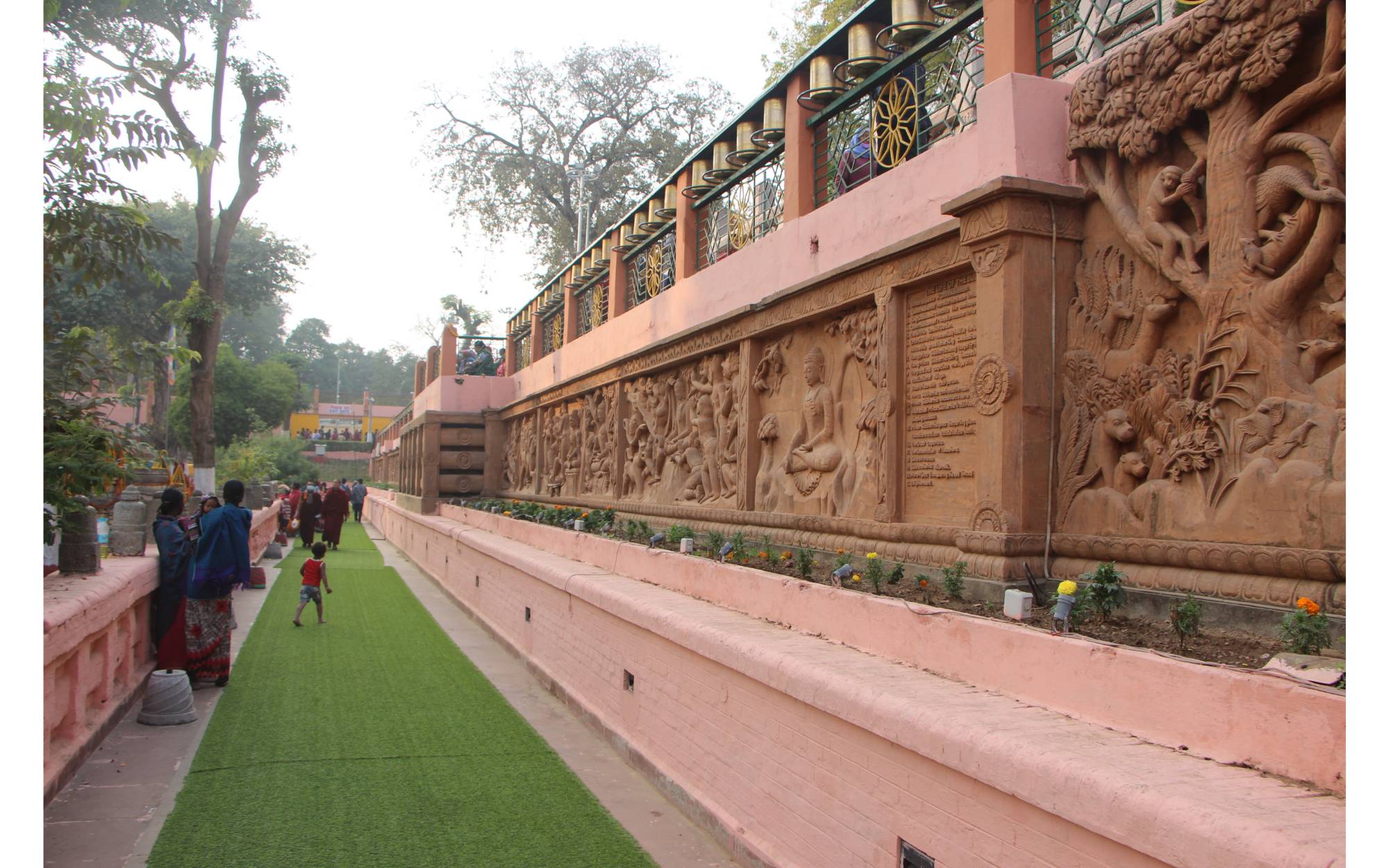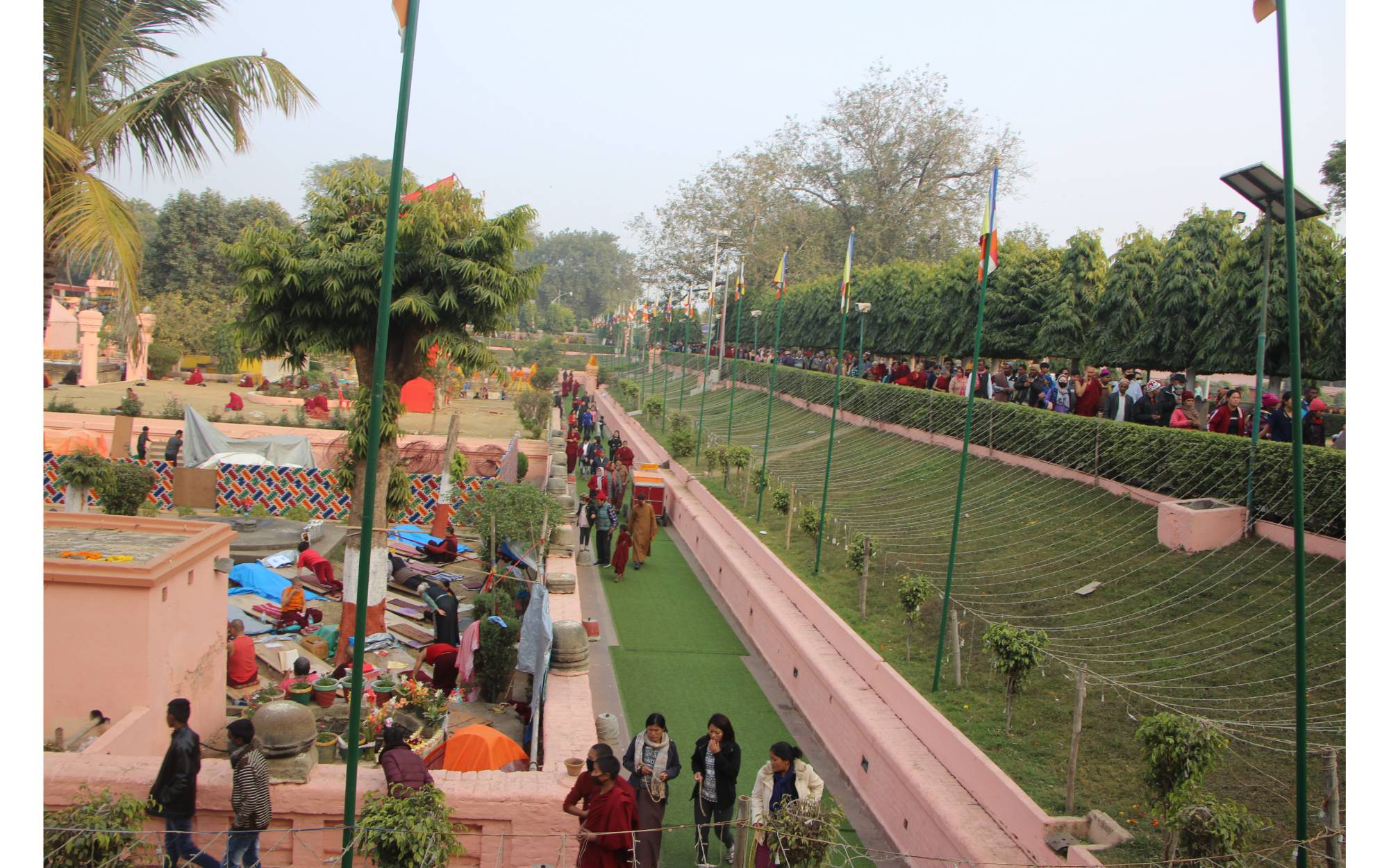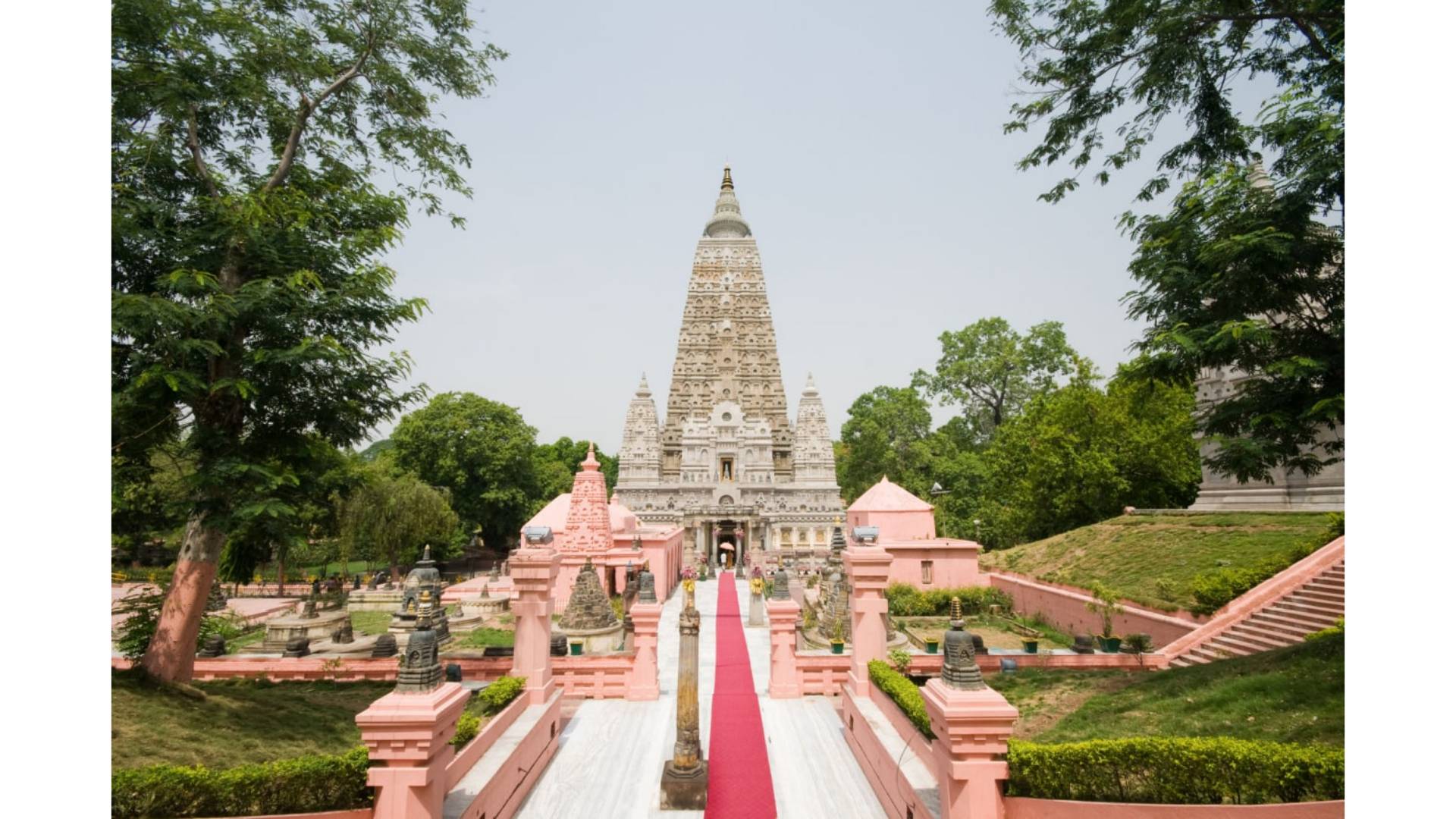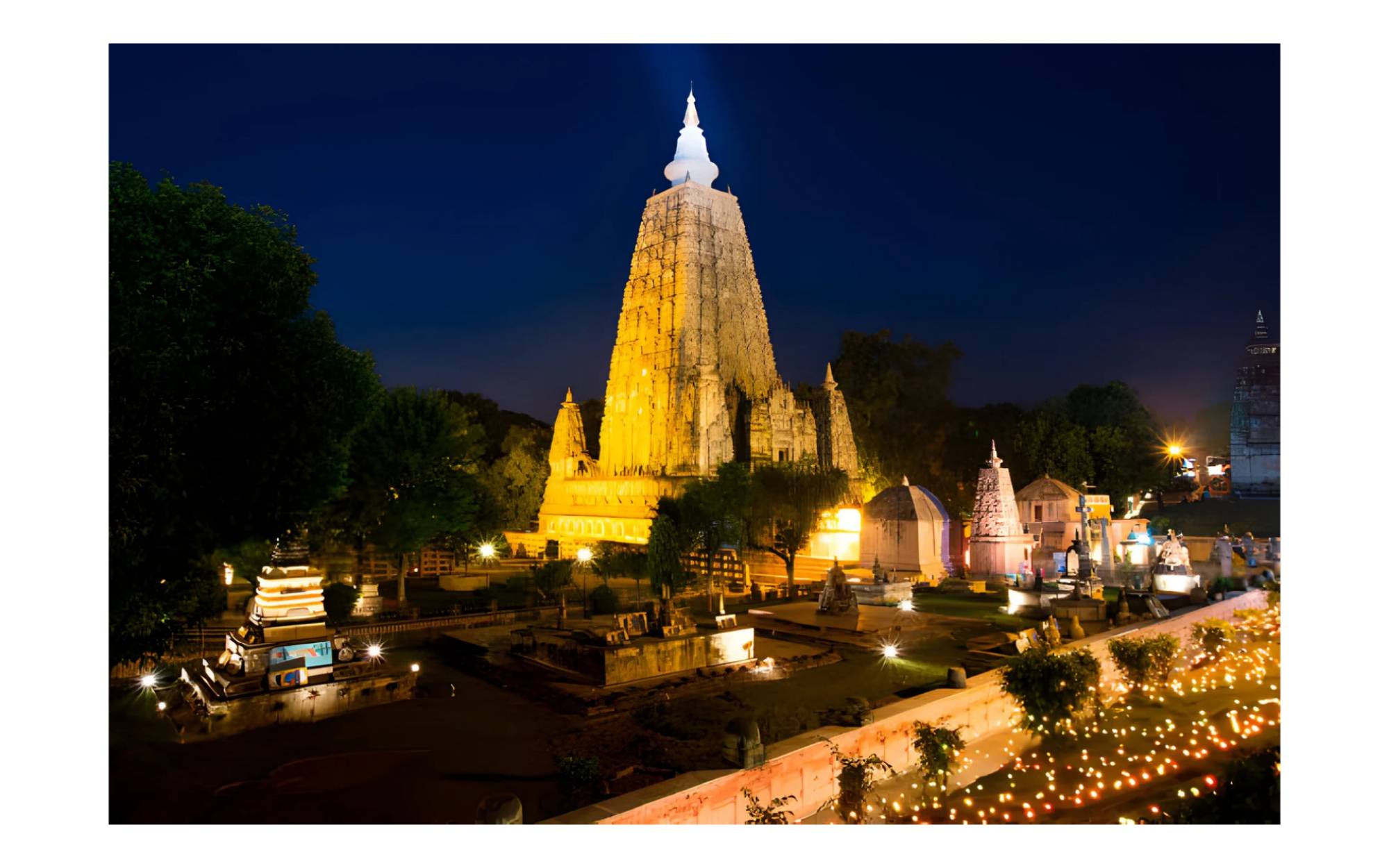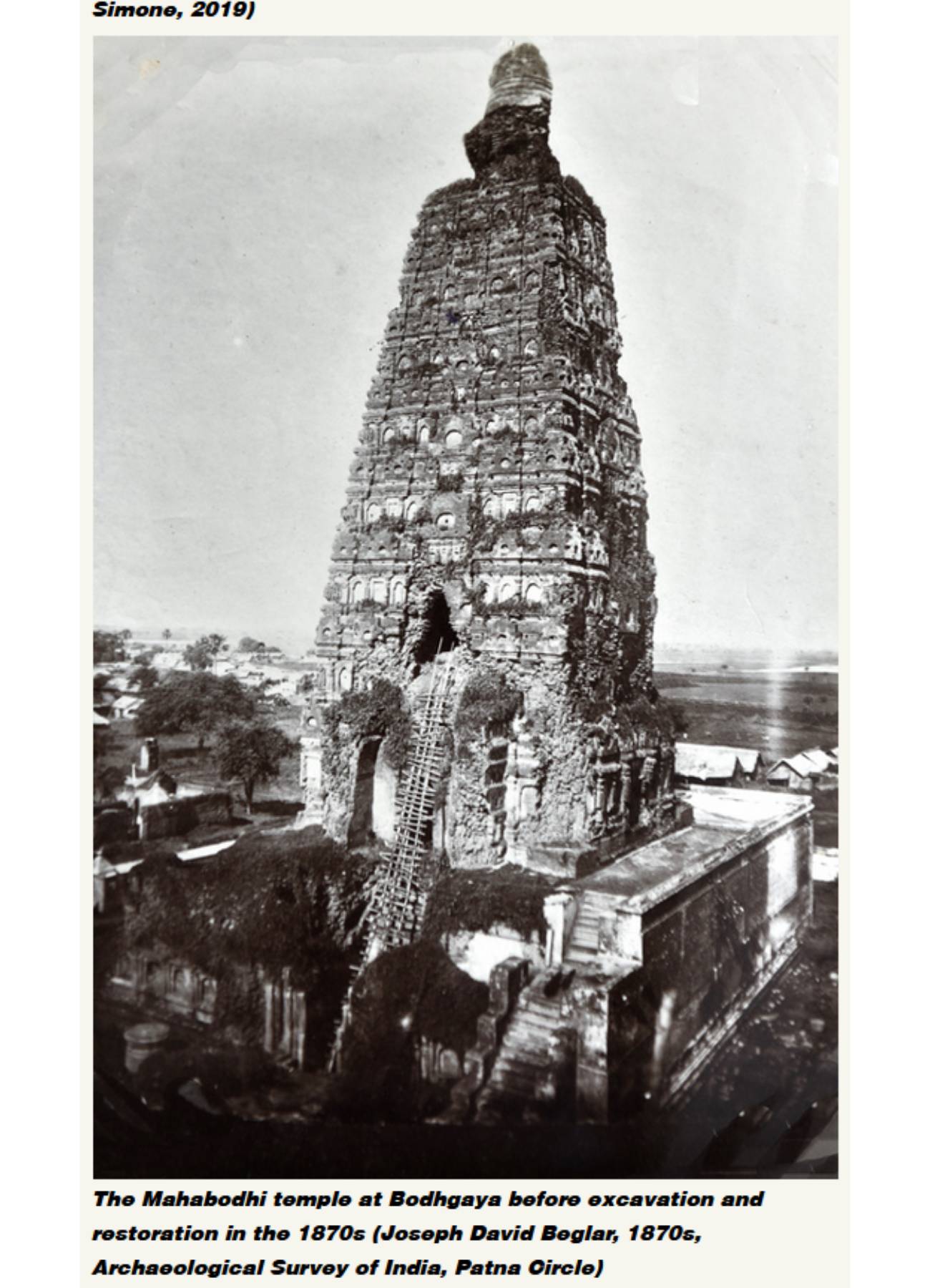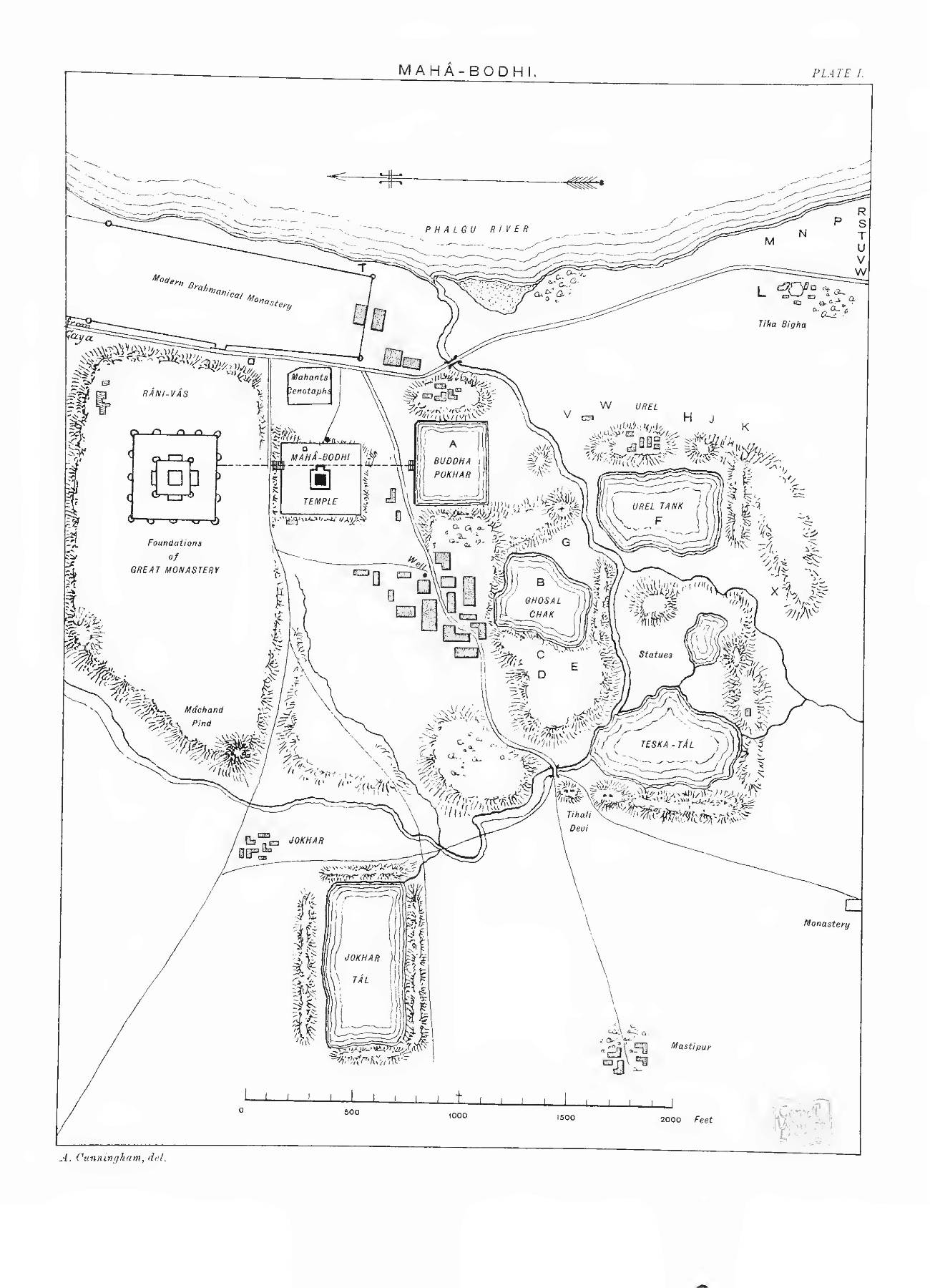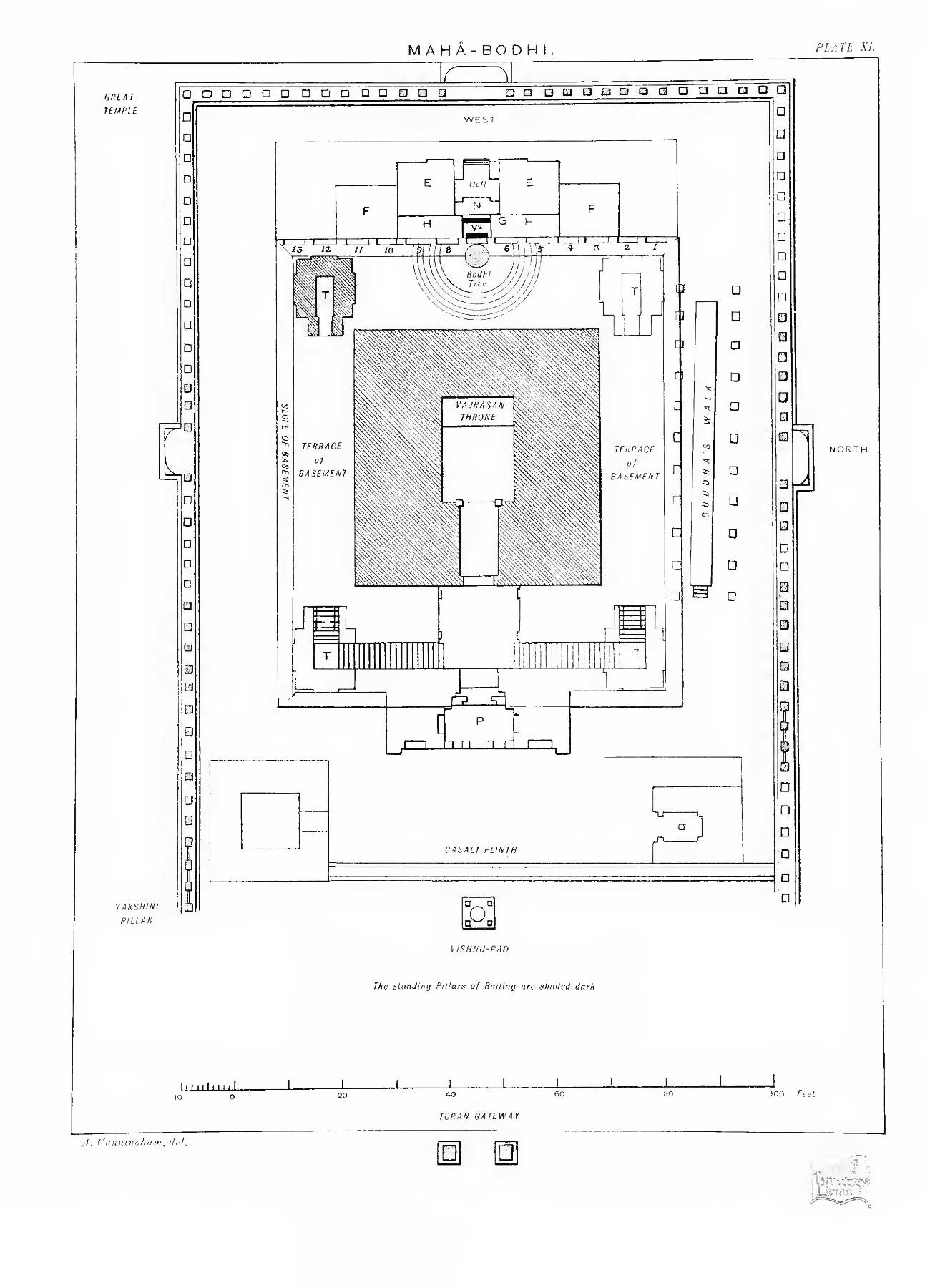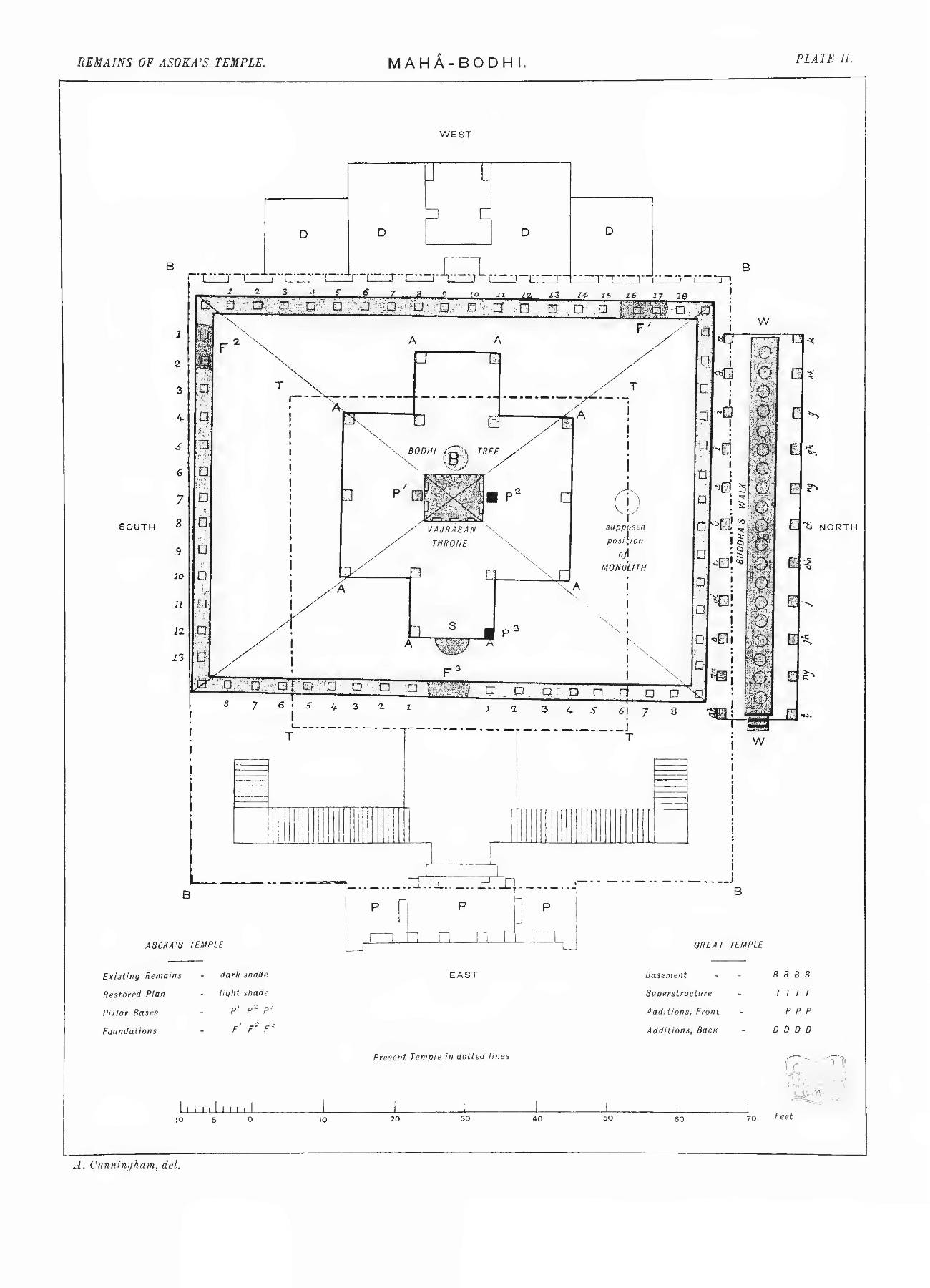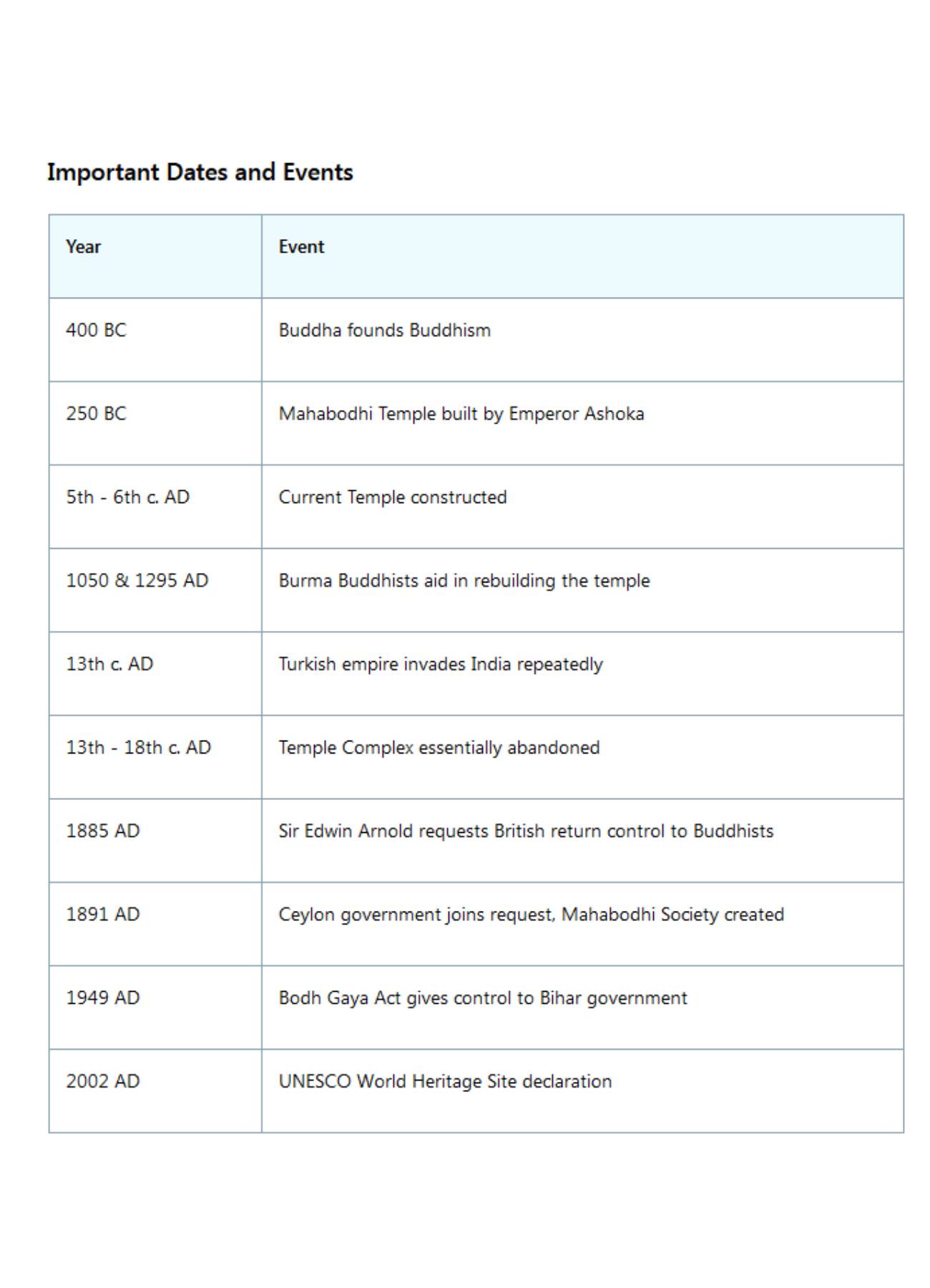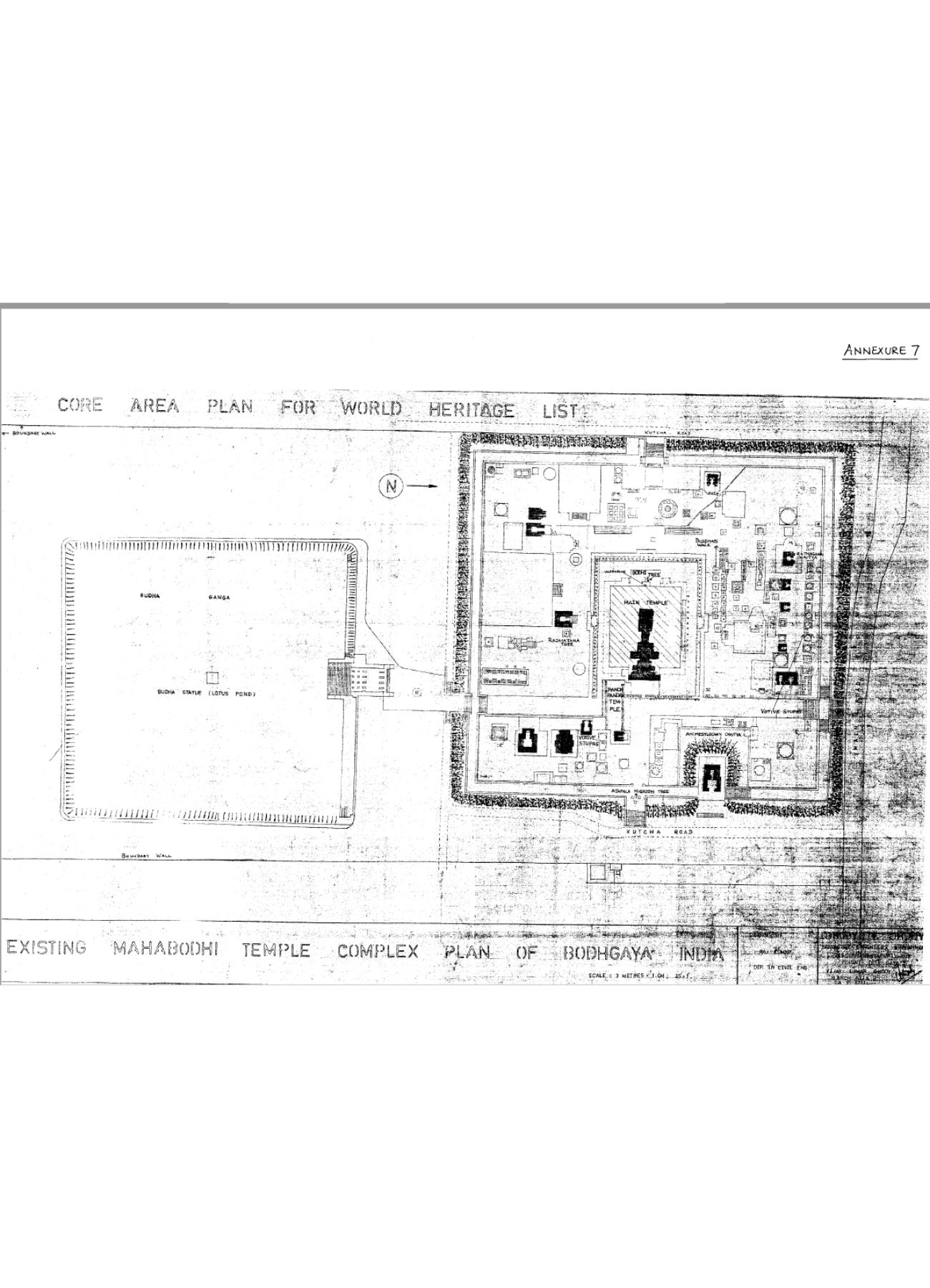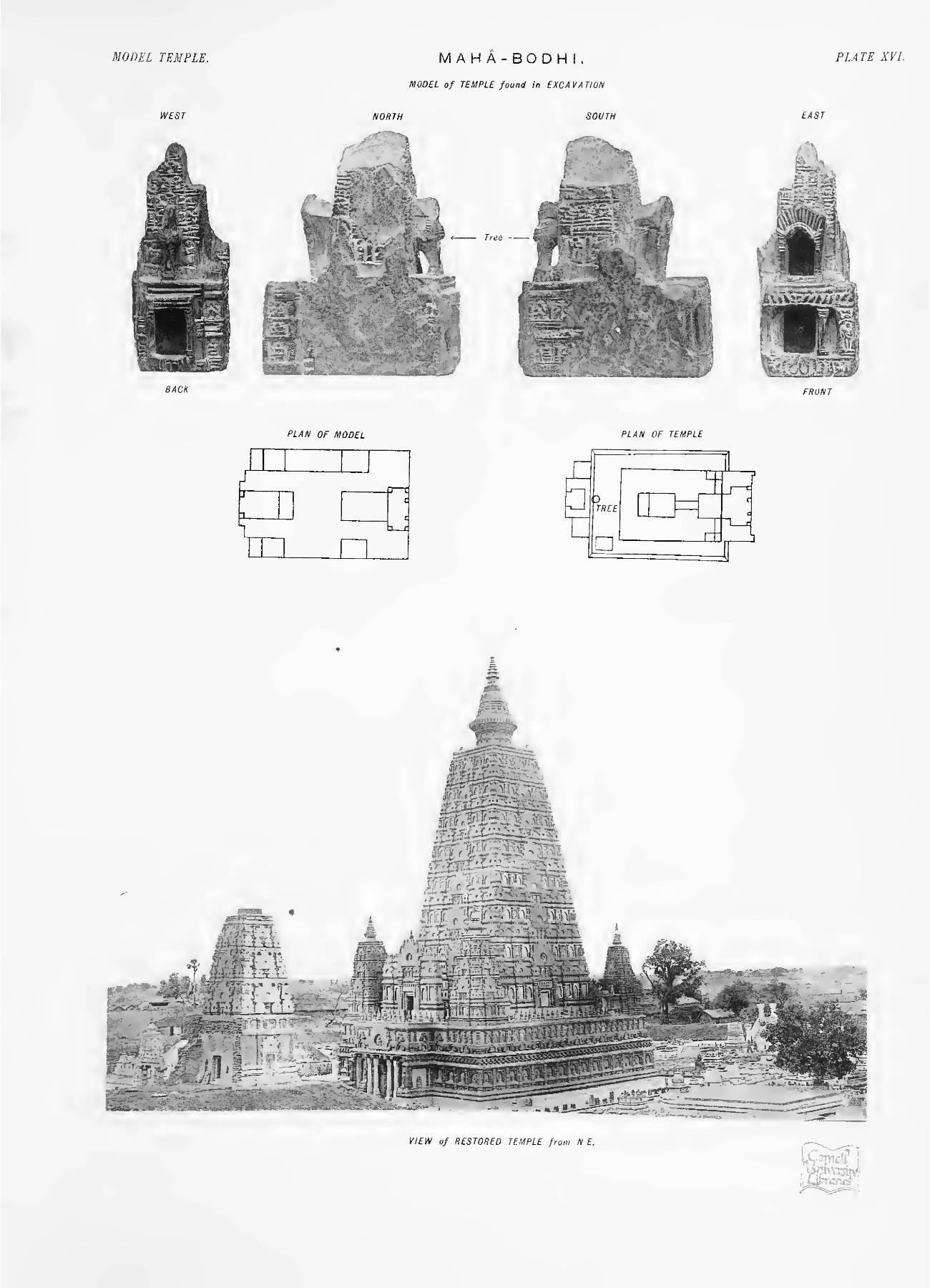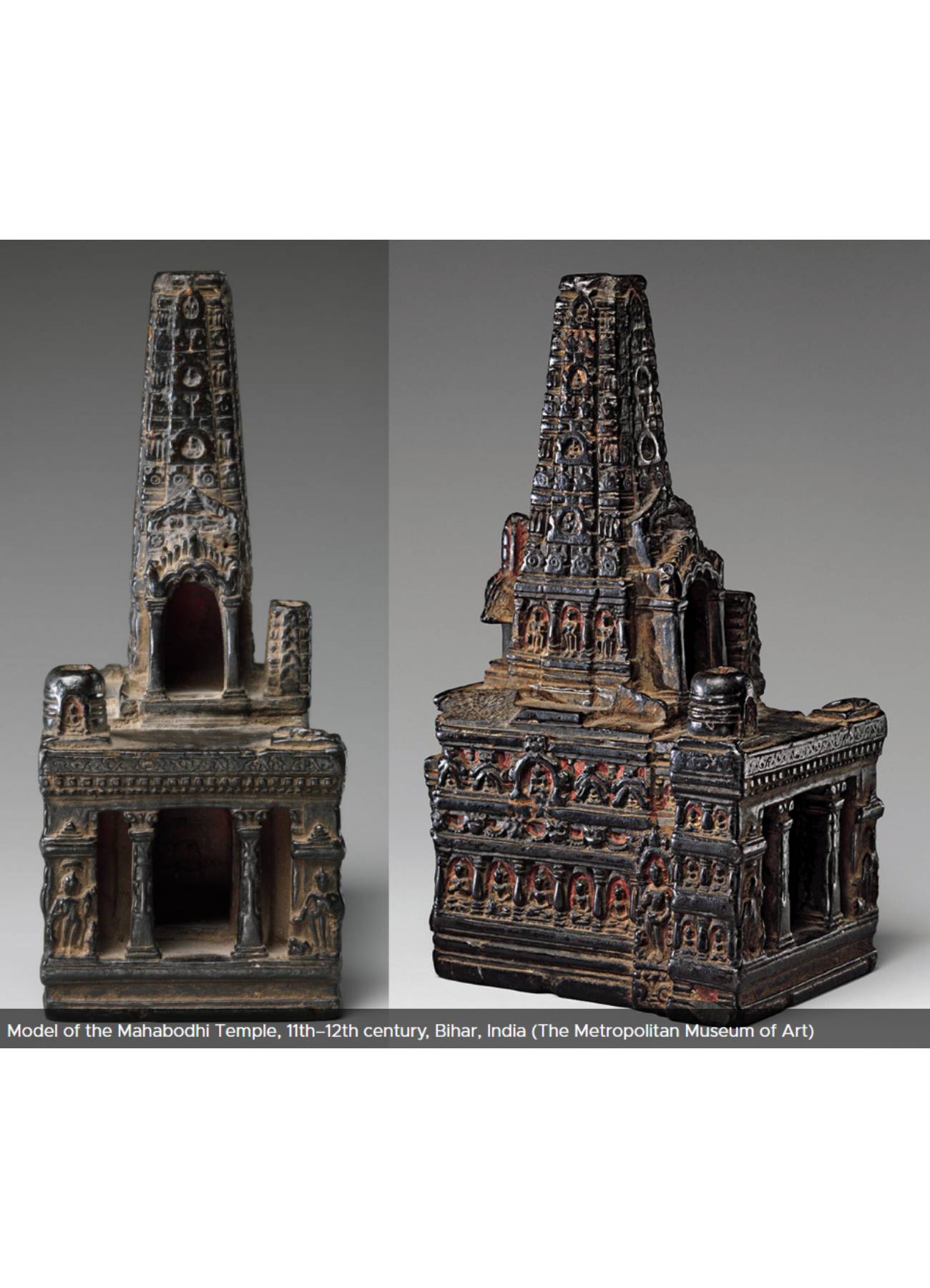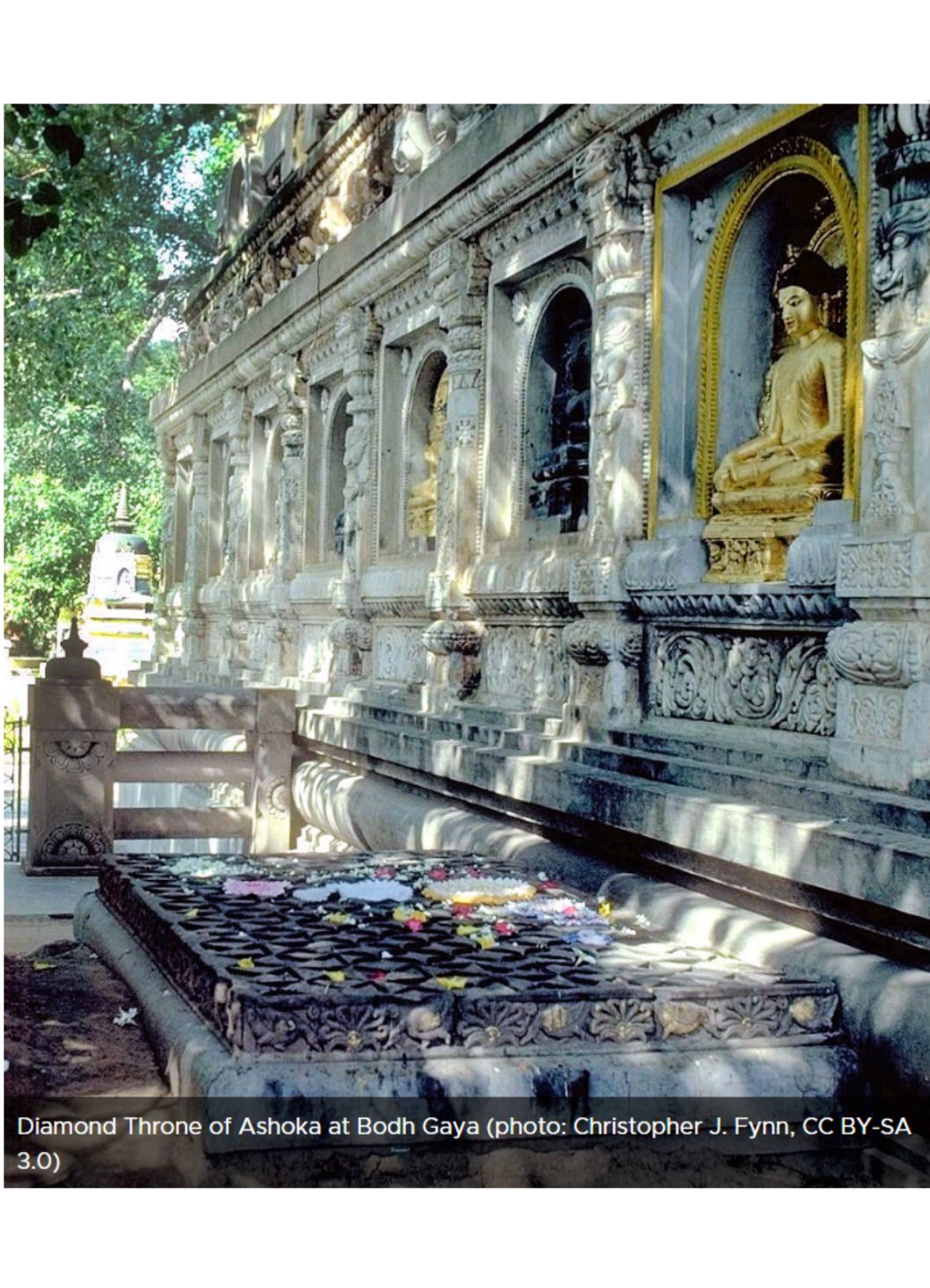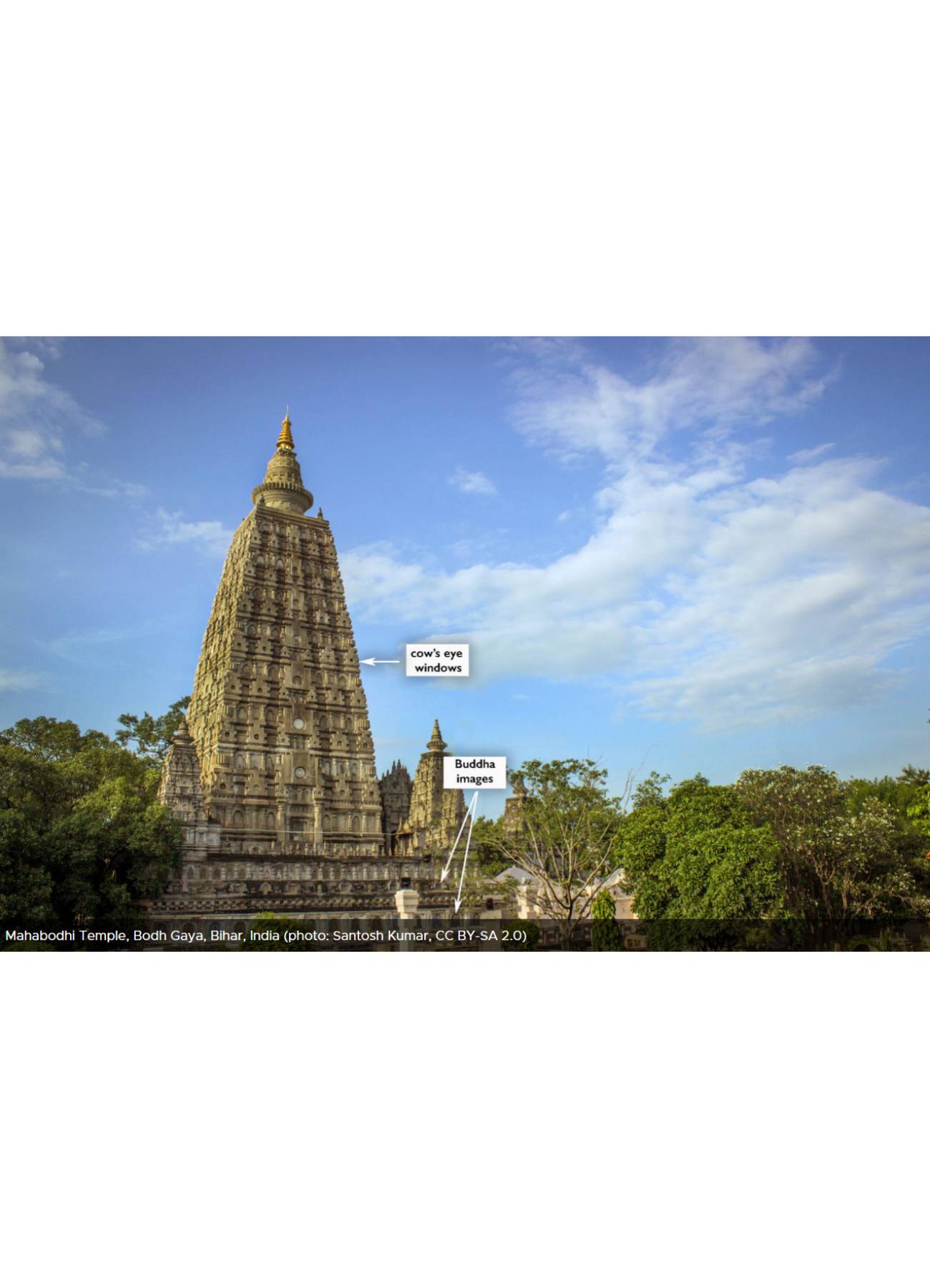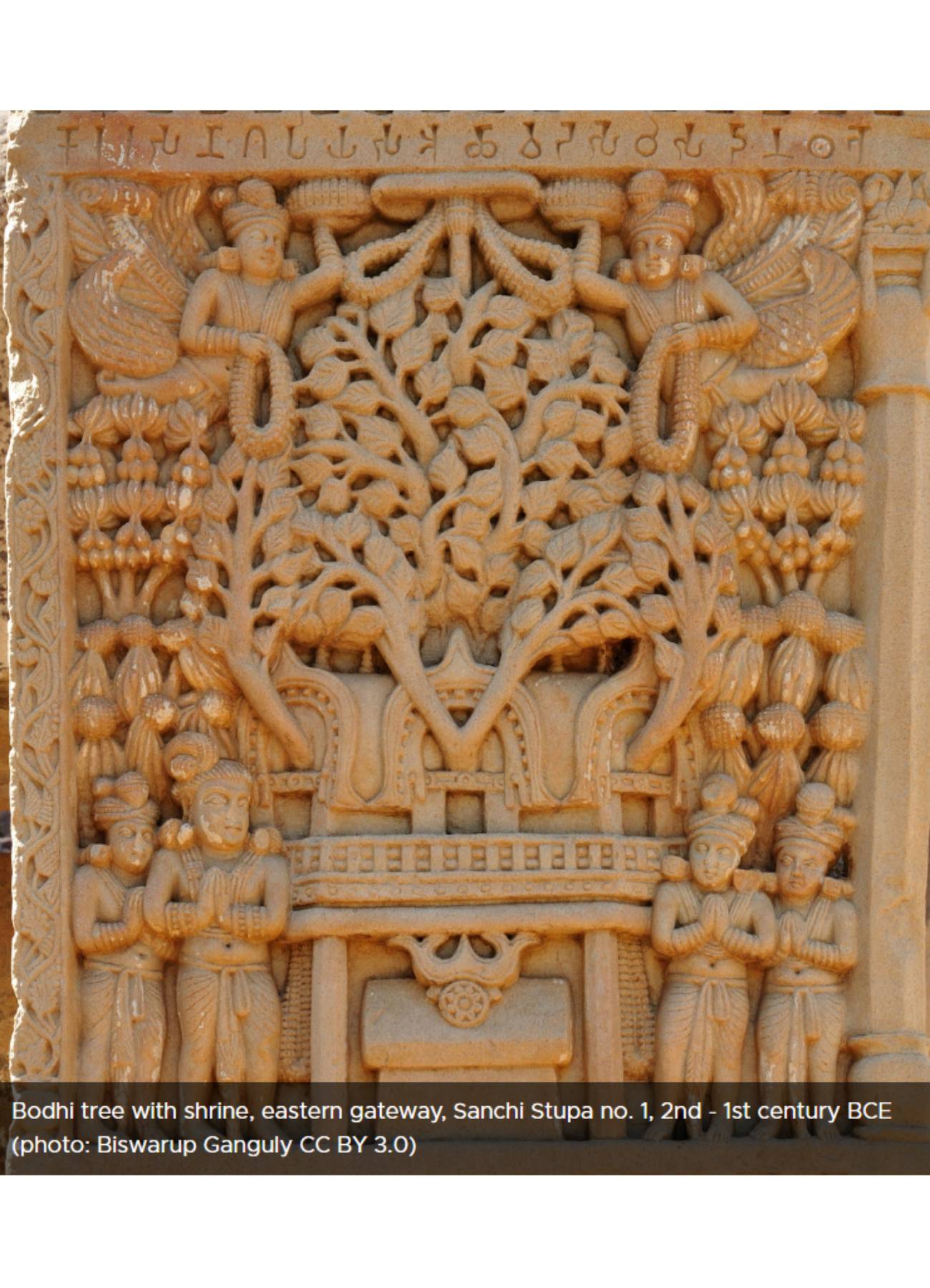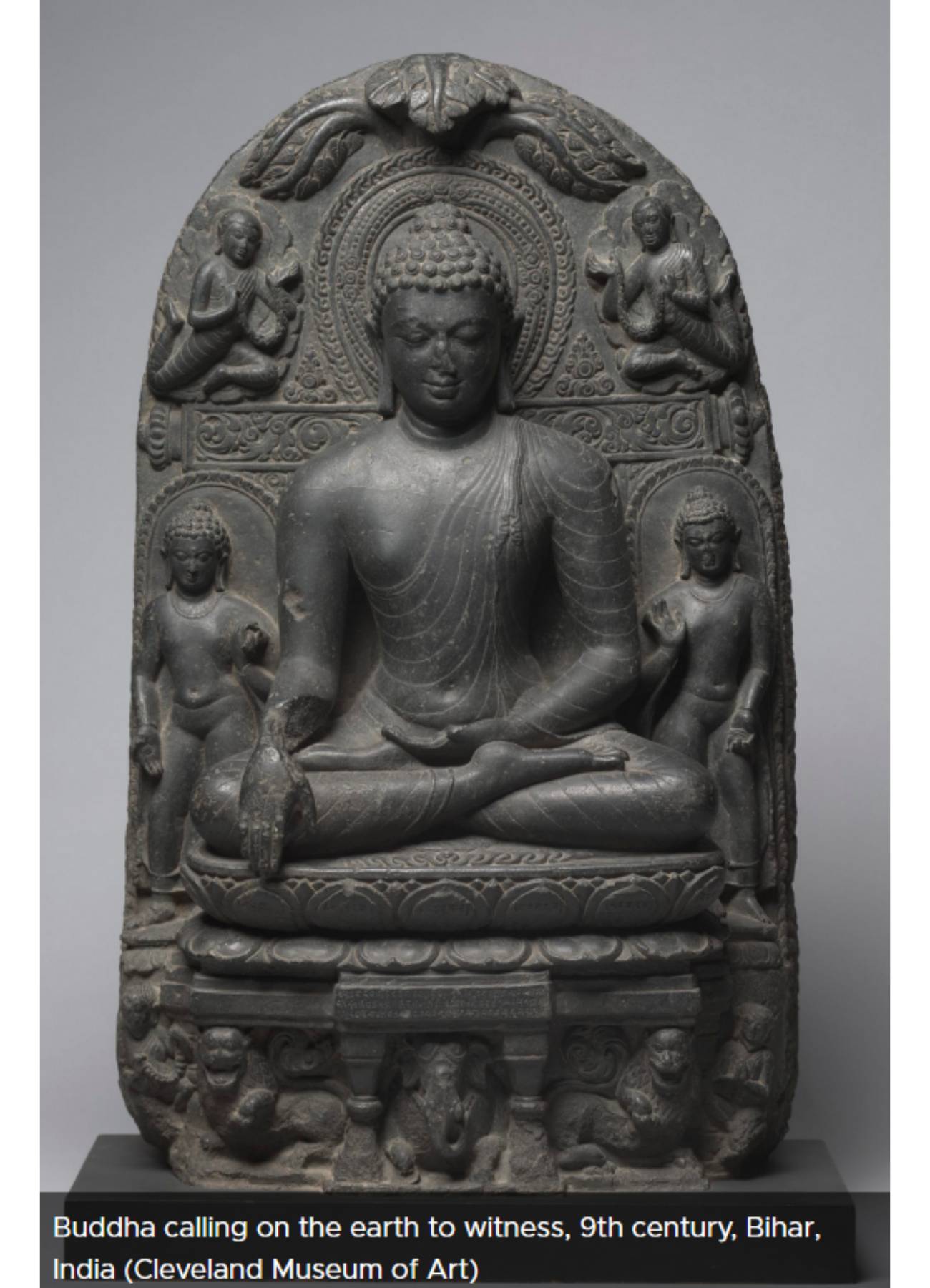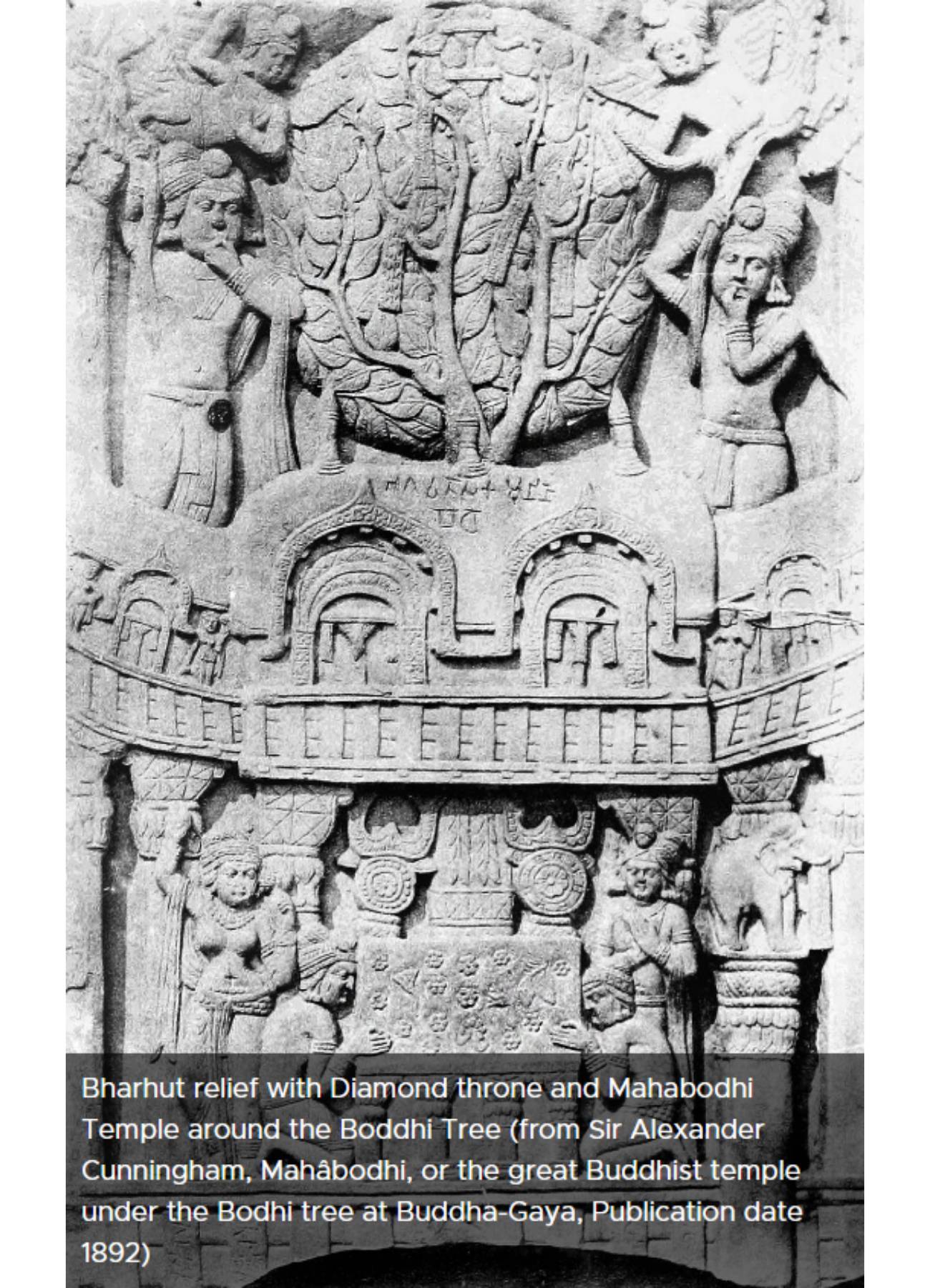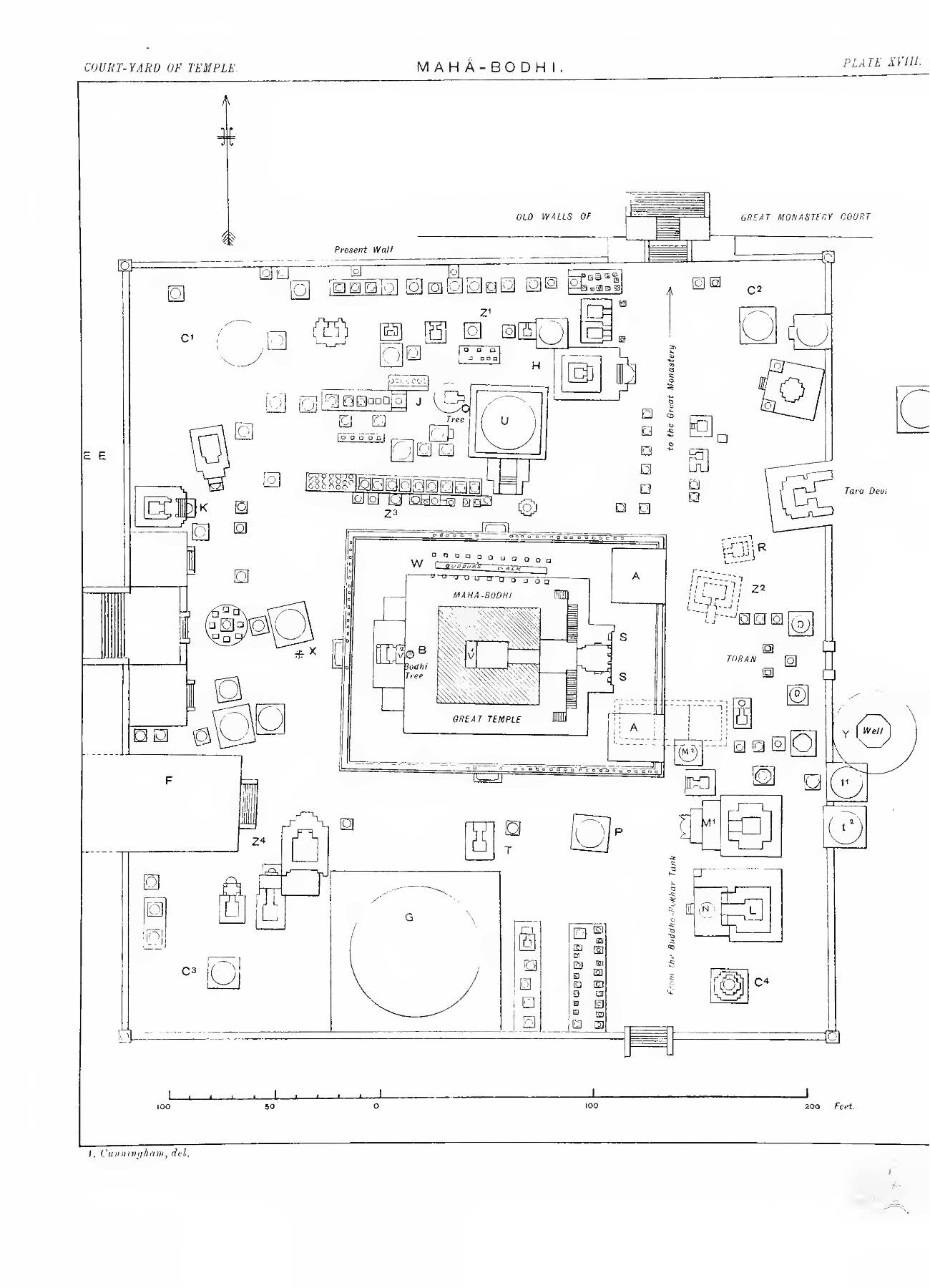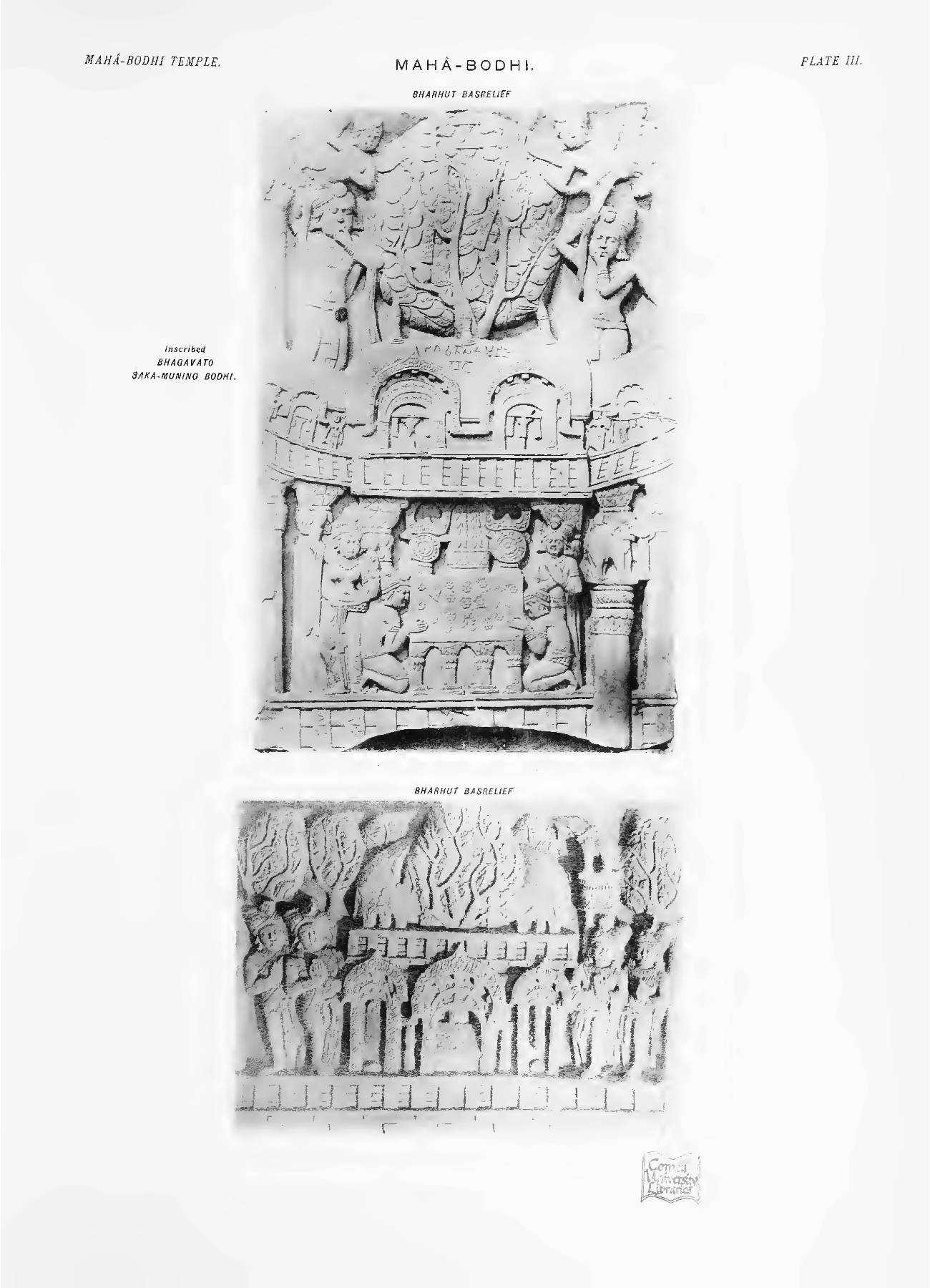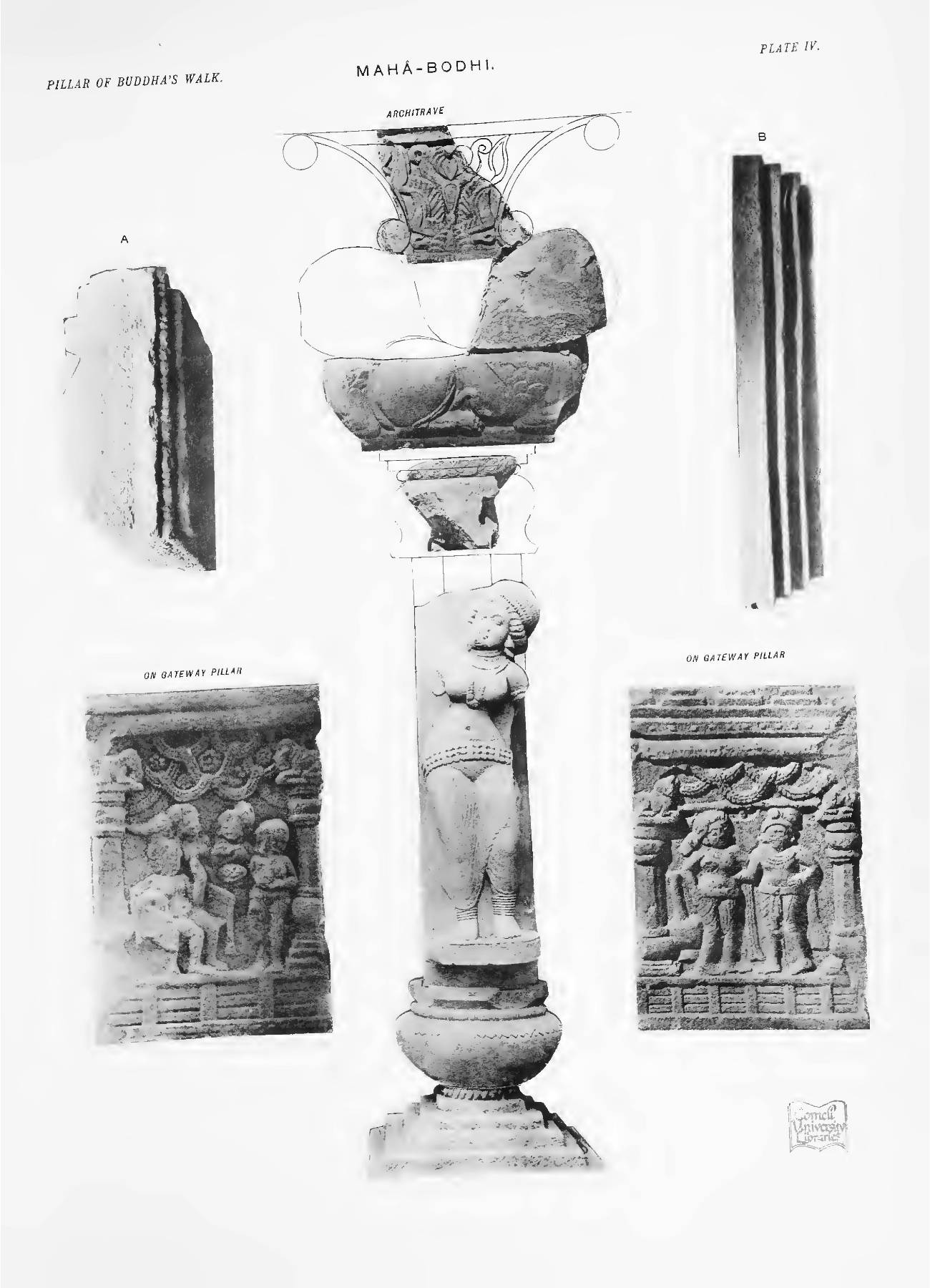Mahabodhi Temple Complex
Mahabodhi Temple Complex, Bodh Gaya,India
The Mahabodhi Temple Complex, located in Bodh Gaya, Bihar, India, is one of the most revered and ancient Buddhist pilgrimage sites. This sacred complex is the place where Siddhartha Gautama, the Buddha, attained enlightenment under the Bodhi Tree. Recognized as a UNESCO World Heritage Site, the Mahabodhi Temple Complex is not only a symbol of spiritual significance but also a remarkable architectural marvel that attracts millions of visitors and pilgrims from around the world. Cunningham's extensive travels across India and meticulous documentation of ancient ruins and inscriptions led to the rediscovery of several key Buddhist sites. His work was instrumental in identifying and restoring many lost or neglected monuments, which had fallen into disrepair over centuries of neglect and changing political landscapes. Mahabodhi Temple, Bodh Gaya Initial Exploration: In the 1880s, Cunningham conducted a detailed survey of the Mahabodhi Temple Complex. His research highlighted the temple's historical and spiritual significance as the site of Buddha's enlightenment. Restoration Efforts: Cunningham's findings prompted the first significant restoration efforts to preserve the temple. He advocated for the repair of the main structure and the preservation of the Bodhi Tree, emphasizing the need to protect this sacred site for future generations. Documentation and Preservation: His detailed documentation of the temple's architectural features, inscriptions, and sculptures provided valuable insights into its historical context and guided subsequent restoration projects.
History
Introduction to Historical Significance
The Mahabodhi Temple, located in Bodh Gaya, India, is a site of immense historical importance. As the place where Siddhartha Gautama attained enlightenment and became the Buddha, the temple stands as a testament to the profound spiritual and cultural history of Buddhism. Designated as a UNESCO World Heritage Site, the Mahabodhi Temple Complex is a crucial monument in the annals of religious history.
Early History and Construction
The origins of the Mahabodhi Temple date back to the 3rd century BCE, when Emperor Ashoka, a fervent supporter of Buddhism, visited Bodh Gaya. Ashoka's pilgrimage to this sacred site marked the beginning of the temple's construction. He commissioned a shrine to commemorate Buddha's enlightenment under the Bodhi Tree, establishing one of the earliest Buddhist structures.
This initial construction, known as the Ashokan Vajrasana or Diamond Throne, was a simple structure designed to mark the sacred location. Ashoka's contribution laid the foundation for future architectural developments and set the precedent for the site's spiritual significance. The original shrine was surrounded by stone railings adorned with carvings depicting various scenes from Buddha's life and symbolic motifs, highlighting the early artistic expressions of Buddhist thought.
Development Through the Centuries
Over the centuries, the Mahabodhi Temple Complex underwent significant transformations and enhancements. During the 2nd century CE, the Kushan Empire, known for its patronage of Buddhism, contributed to the site's development. The Kushan rulers added more elaborate structures and stupas, enhancing the temple's grandeur.
The most substantial developments occurred during the Gupta period in the 5th-6th centuries CE. This era, often regarded as the golden age of Indian culture, saw the construction of the current grand temple structure. The Gupta rulers were instrumental in creating the towering pyramidal spire that characterizes the Mahabodhi Temple today. The intricate carvings and detailed sculptures from this period reflect the artistic and architectural advancements of the time.
The Pala period (8th-12th centuries CE) further contributed to the temple's evolution. The Pala rulers, also strong proponents of Buddhism, added numerous smaller stupas and monastic structures around the main temple. These additions enriched the architectural and spiritual landscape of the Mahabodhi Complex, making it a vibrant center of Buddhist learning and practice.
Periods of Neglect and Rediscovery
Despite its initial prominence, the Mahabodhi Temple faced periods of neglect, particularly during the medieval era when Buddhism's influence waned in India. The temple fell into disrepair, and the surrounding structures were overgrown and forgotten.
The temple's rediscovery in the 19th century marked a turning point in its history. British archaeologists, notably Sir Alexander Cunningham, played a pivotal role in bringing the Mahabodhi Temple back to public attention. Cunningham's efforts in the 1880s led to the first major restoration projects, which aimed to preserve the temple's historical and architectural integrity.
Modern Restoration and Preservation
The 20th and 21st centuries have seen extensive efforts to restore and preserve the Mahabodhi Temple Complex. The Mahabodhi Society, founded by Anagarika Dharmapala in 1891, has been instrumental in these endeavors. The society's efforts include restoring the main temple, maintaining the Bodhi Tree, and promoting the site's spiritual significance.
Modern conservation projects have focused on addressing structural issues and preventing environmental degradation. These efforts include reinforcing the temple's foundations, restoring ancient carvings, and implementing sustainable tourism practices. Despite challenges such as pollution and natural wear, ongoing projects strive to preserve the Mahabodhi Temple for future generations.
UNESCO World Heritage Status
In 2002, the Mahabodhi Temple Complex was designated a UNESCO World Heritage Site. This recognition was based on criteria that highlighted the temple's outstanding universal value as a symbol of Buddha's enlightenment and its role in the dissemination of Buddhist teachings.
The UNESCO designation has significantly impacted the preservation and promotion of the Mahabodhi Temple. It has brought international attention and funding to conservation projects, ensuring the site's protection and maintenance. The status has also enhanced local and global awareness of the temple's cultural and historical importance.


